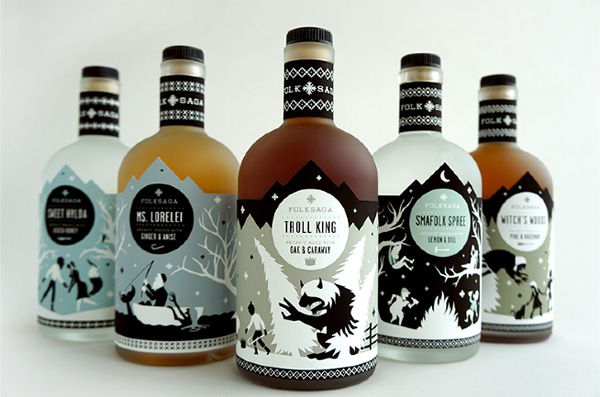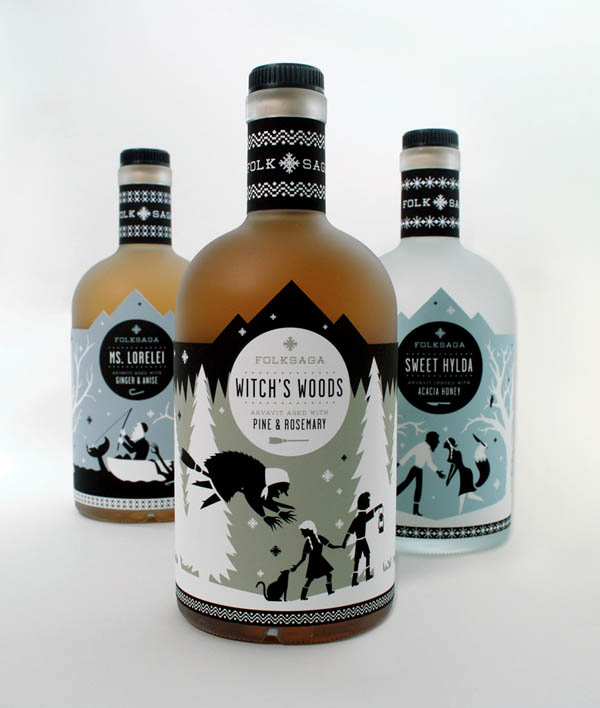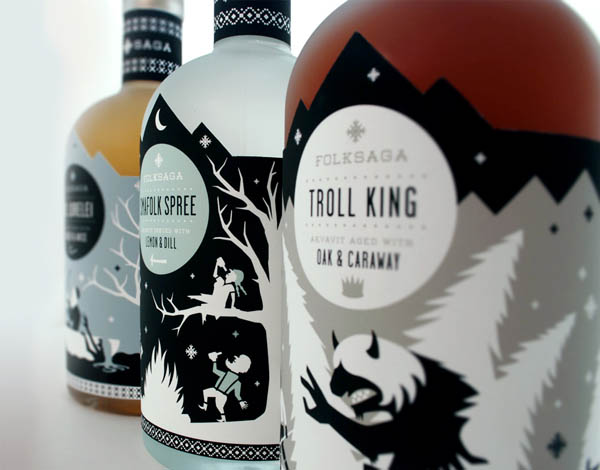
How do we live without food? It’s our sustenance. It’s the reason why we live and can be the reason for the opposite. Many events, conferences and groups surround themselves around the idea of being a ‘foodie’ and submerge themselves in the culture of cooking.
While food is good, it’s a well known fact that going into business in the food industry is often the hardest. Those who start up a restaurant must have tons of front money and funds for daily expenses. Emergencies happen often and things can get hectic while food undergoes preparation. Restaurant owners have to almost be geniuses in their own right to create a spot that serves food liked by the masses, but also creates a strategy of longevity.
Strategizing with the impact of a restaurant can include a web presence. I don’t think this is something that’s caught on for lots of small business restaurants, mainly because when your customers are strictly local, word of mouth promotion is probably the best.
So, what happens when restaurants want to go online? Who says how a restaurant website should look? What are those standards? Well, there’s really no set idea — we have schemes for business sites and app sites, etc — but those designs for food and restaurants have a bit more leeway. Let’s take a look at some good, creative restaurant sites.
Bel 50
Bel 50 immediately starts us off with a very unique and creative idea. Waffles are fairly popular food items, but this time around we’re introduced to the waffle holding a different role other than just breakfast entree. Bel 50 features curiously crafted waffle sandwiches. Yes, waffle sandwiches and they’re presented in a way to make your mouth water, even if you don’t know what all the ingredients are.

Brown’s Court Bakery
I like this web design because if you aren’t paying attention, you’d think it was a creative agency’s website. The vintage feel and really balanced flow almost take you out the mindset that this is a bakery. Nevertheless, Brown’s is well known in the Charleston area and seems to have an extremely rich history.

Charley’s
In my experience, the actual sites of the Charley’s pales in comparison to the online image, but that’s neither here nor there. This Charley’s website does exactly what it’s supposed to do by evoking a little bit of excitement about these (excellent) sandwiches.

Desert Chill Ice Cream
Two entrepreneurial brothers decided to take the idea of the ice cream truck and flip it right on it’s head, and I absolutely love it! You can basically schedule their ice cream van to make a visit or you can make sure you’re around when they pass through a certain location. This is a wonderful idea that’s paired with a very cute and uplifting site. Would love to see who’s going to bring it to the States!

Dilly Deli
This web design has a really kitchy, family type of feel going on. There’s lots of colors and graphics paired with some great images that definitely get you interested in what they have to offer. They mainly focus on just their food, which isn’t necessarily a bad thing. This is another creative, unorthodox look at a restaurant’s web design.

Emporium Pies
If there was ever a way to make pies look regal and immaculate, Emporium Pies has figured out a way to do it. Here, they bake up some speciality pies that look absolutely delicious and fit for a king, with a price tag to match! Of important note here, is the order form and its ease of use. That’s very important to get right when dealing with food!

Grk
Grk puts a fresh, new and modern spin on Greek eatery. Now, I put Greek food right next to Italian food in terms of the ingredients needing to be absolutely be fresh. There’s lots of salads, breads and more. What’s important about this particular site, however, is that it’s responsive! It’s one thing to throw up a site for your business, but it’s another thing to make sure it’s right in line with the trends and needs of the moment. Job well done.

Joe’s Crab Shack
Many times when you think of a seafood restaurant, you think of a pretty stuffy, fancy, regal atmosphere that’s quiet and dimly lit. Not at Joe’s. There’s way too much fun to be had and it’s almost like a constant party. They do a great job of mending high quality seafood with Grade-A fun, on site and online.

Mellow Mushroom
Pizza is probably one of the most universally liked foods amongst people ever. I’ve never met a person who didn’t like pizza — just certain ingredients and toppings. Mellow Mushroom is contrary to their ‘mellow’ moniker, as they seem to be an exciting and interesting bunch who’ve gathered to make some dope pies.

Italio Kitchen
Italio claims to be a modern Italian kitchen with freshness in mind. I like this site because of it’s bold imagery and movement that captures your attention. The menu items look fabulous and you just have to assume they absolutely know what they’re doing. If you have time, check out their Facebook and see their entire branded identity. Great stuff!

Jungsik
Jungsik puts a very modern and contemporary spin on Korean food. This web design is definitely another one of those extremely creative and adventurous looks into what a restaurant website should be. Jumbo imagery of the food and a convincing menu make this a must-see if you’re in the New York area.

Niedlov’s Breadworks
There’s so many puns in the name of this company and that’s hard to overlook. It’s cute to go with a very cute and vintage themed site design. This simple parallax site is driven by big images and simple navigation. This is a great go-to if you need a quick, yet effective design for your food.

Panda Express
If you have gone to your local mall, chances are you’ve probably come across a Panda Express. Whether you’ve liked it or not, what I like about Panda Express is the consistency of their image. They’re a bit gimmicky, but you also know right off the bat that they’re servicing Asian inspired food.

Boar’s Head
Boar’s Head is home to premium deli cuts and cheeses. Most of these brick and mortar spots have meats as well as sandwiches and stuff. If you’re unfortunate enough to live nowhere near a Boar’s Head, most times they sell this in your local market’s deli or pre-packaged in your grocery store. They are well-known for their high quality and freshness, something that can be seen and understood through their online strategy.

Sullivan & Bleeker
This is a single page website like I’ve never seen it before. Not only that, but it makes a ton of sense and isn’t bogged down with a bunch of nonsense. It’s straight and to the point with some great imagery and easy navigation. It’s great for a baker but could easily be used for many other things. This is just a great layout.

The Soup Peddler
The Soup Peddler is another where food is brought to your neighborhood, you order it, and pick it up. It’s not often that you see people making a living off a good soup, but this model is helping the Soup Peddler do exactly that. Besides offering delivery of his soup, he has a nice blog integration where he discusses things such as soup!

Whitmans
Whitmans seems to be your home for modern and fresh instances of American cuisine. Their spin, however, is that they use their ingredients from local farmers and such. They have a pretty easy to understand single page site design that works for their simplistic approach to their food.

The food business is no joke. Web designers could kind of understand the pain, but we get to pick and choose who we ‘cook’ for. However, we know what it’s like to do damage control with unhappy customers. And we know we have to pick up on trends quickly before they ‘spoil’ or go rotten. You could try to parallel many different industries, but you can always argue how one is more intense than the other. Regardless, it goes without saying that creativity and skill are almost equally important for both.
What’s your favorite restaurant? Do they have a website? Let us know in the comments below.
Source







































































 If you’re a designer, then obviously you need to study current trends and monitor what is popular. The general public responds to popularity based on what magazines, celebrities, and television tells them. It’s a glib view of the world, but it’s what makes something trendy. Depending on your creative talents, this could come in the form of imagery, musical instruments, style of writing, and more. Follow the trends of your creative path to help increase your own knowledge.
If you’re a designer, then obviously you need to study current trends and monitor what is popular. The general public responds to popularity based on what magazines, celebrities, and television tells them. It’s a glib view of the world, but it’s what makes something trendy. Depending on your creative talents, this could come in the form of imagery, musical instruments, style of writing, and more. Follow the trends of your creative path to help increase your own knowledge. As a designer, you undoubtedly have your own methods as to how to complete any given project. Have you ever decided to try the same project using different
As a designer, you undoubtedly have your own methods as to how to complete any given project. Have you ever decided to try the same project using different 


































































































































































































 Patterns can make a website design more interesting and appealing. Often mildly skeuomorphic in nature, they bring an element of real-world texture to a site. The variation in tone that they create mimics the multi-tonal nature of real surfaces.
Patterns can make a website design more interesting and appealing. Often mildly skeuomorphic in nature, they bring an element of real-world texture to a site. The variation in tone that they create mimics the multi-tonal nature of real surfaces.























